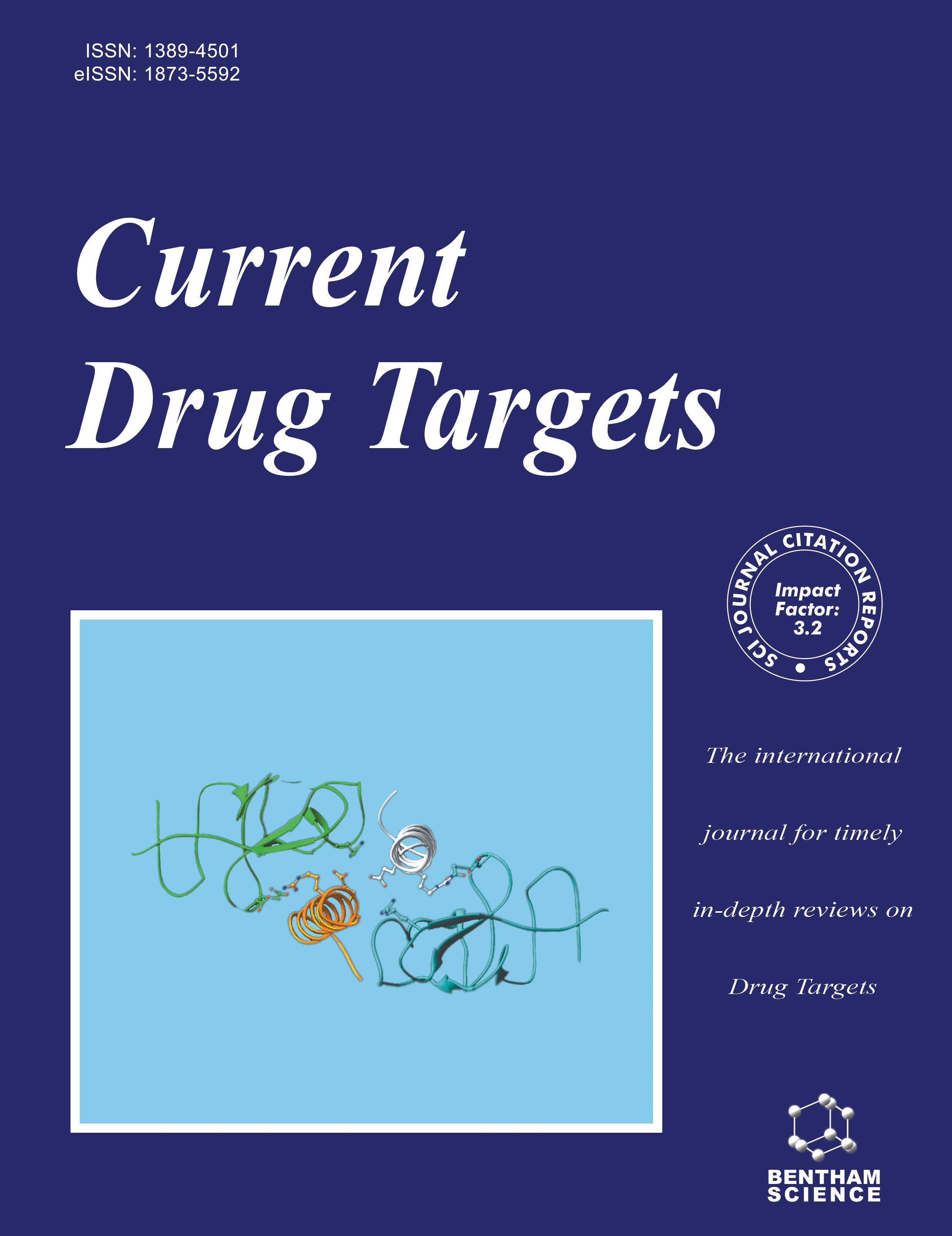
Full text loading...
We use cookies to track usage and preferences.I Understand
Obesity is a significant health concern due to its rapid increase worldwide. It has been linked to the pathogenic factors of renal diseases, cancer, cardiovascular diseases, hypertension, dyslipidemia, and type 2 diabetes. Notably, obesity raises the likelihood of developing chronic kidney disease (CKD), leading to higher adult mortality and morbidity rates. This study explores the molecular mechanisms that underlie obesity-associated nephropathy and its clinical implications. Obesity-Associated Nephropathy (OAN) develops and worsens due to insulin resistance and hyperinsulinemia, which promote renal sodium reabsorption, glomerular hyperfiltration, and hypertension, leading to progressive kidney damage. Renal damage is further aggravated by persistent inflammation and redox damage, mediated by adipokines and proinflammatory cytokines, such as TNF-α and IL-6. Furthermore, stimulation of the sympathetic nervous system and the renin-angiotensin-aldosterone system (RAAS) intensifies glomerular hypertension and fibrosis. These elements cause glomerular hyperfiltration, renal hypertrophy, and progressive kidney damage. Clinical manifestations of obesity-associated nephropathy include proteinuria, reduced glomerular filtration rate (GFR), and ultimately, CKD. Management strategies currently focus on lifestyle modifications, such as weight loss through diet and exercise, which have been effective in reducing proteinuria and improving GFR. Pharmacological treatments targeting metabolic pathways, including GLP-1 receptor agonists and SGLT2 inhibitors, have shown renoprotective properties. Additionally, traditional RAAS inhibitors offer therapeutic benefits. Early detection and comprehensive management of OAN are essential to prevent its progression and lessen the burden of CKD.

Article metrics loading...

Full text loading...
References


Data & Media loading...

